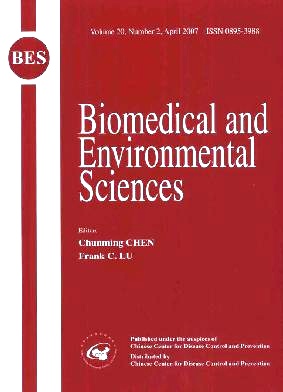Simultaneous Control of Microorganisms and Disinfection By-products by Sequential Chlorination
-
Key words:
- Disinfection /
- Free chlorine /
- Chloramine /
- Disinfection by-products /
- Microorganisms
Abstract: Objective To introduce a new sequential chlorination disinfection process in which short-term free chlorine and chloramine are sequentially added. Methods Pilot tests of this sequential chlorination were carried out in a drinking water plant. Results The sequential chlorination disinfection process had the same or better efficiency on microbe (including virus)inactivation compared with the free chlorine disinfection process. There seemed to be some synergetic disinfection effect between free chlorine and monochloramine because they attacked different targets. The sequential chlorination disinfection process resulted in 35.7%-77.0% TTHM formation and 36.6%-54.8% THAA5 formation less than the free chlorination process.The poorer the water quality was, the more advantage the sequential chlorination disinfection had over the free chlorination.Conclusion This process takes advantages of free chlorine's quick inactivation of microorganisms and chloramine's low disinfection by-product (DBP) yield and long-term residual effect, allowing simultaneous control of microbes and DBPs in an effective and economic way.
| Citation: | CHAO CHEN, XIAO-JIAN ZHANG, WEN-JIE HE, HONG-DA HAN. Simultaneous Control of Microorganisms and Disinfection By-products by Sequential Chlorination[J]. Biomedical and Environmental Sciences, 2007, 20(2): 119-125. |







 Quick Links
Quick Links
 DownLoad:
DownLoad: